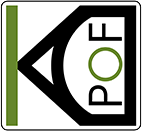Presentation on Optical Nervous System for AV at AutoSens USA
Our CTO Rubén Pérez-Aranda Alonso will give the presentation “An optical nervous system to Interconnect Sensors and artificial brains in AV” at AutoSens USA Conference in Detroit, USA, on Wednesday, May 22, 2024 at 11:15 am in room 142C: “I am very excited to speak this year at AutoSens USA, and I appreciate this great opportunity to present the technology development that is happening around automotive optical links.”
In addition, we’ll show our latest demo setup at stand 258 in the exhibition area from May 21 to 23.
For an event preview, please also read the article “Journey through the Agenda: What’s Next for Automotive E/E Architectures?” by AutoSens News.
AutoSens Interview with Rubén Pérez-Aranda
about the new optical physical layer standard for automotive, the value proposition of optical links versus electrical links, the components to prioritize for automotive applications, and more.
An Optical Nervous System to Interconnect Sensors and Artificial Brains in AV
Sensors connectivity with Artificial Intelligence (AI) central units with reliability, low latency and high data rate is key in Advance Driver Assistance Systems (ADAS) and Autonomous Vehicles (AV). Optical interconnections are very well positioned because of the high required data rates for connecting sensors and AI brains with superior EMC performance and future-proven data rate density scalability.
Compared with data-center automotive applications require much wider range of operating temperatures (-40 ºC to 125 ºC) and superior reliability. A new optical physical layer standard has been released in March 2023, IEEE Std 802.3cz, supporting rates between 2.5 and 50 Gb/s.
The presentation will cover the reasons behind the use of in-vehicle optical communications. It will highlight the main characteristics and why a new standard different of data-center was developed. Differences between automotive and data-center applications will be explained in detail, attending to requirements, physical layer design strategy, photonics, digital signal processing (DSP), link budget, dependability functions, and other distinctive automotive features.
As the core of the implementation of the whole solution is the optical transceiver. The presentation will explain why traditional implementation approaches of optical transceivers, from circuit design and IC packaging points of view, are not longer valid for automotive and which new approaches are needed. The presentation will cover new approaches attending to technology nodes, analog-digital design partitioning, photonics and optics integration, as well as optical fiber connection. All together is designed to provide to the automotive industry a low cost, low power and reliable device that can be seamless integrated in small foot-print sensors (e.g. cameras) and Electronics Control Units (ECUs).
Qualification and advance reliability assessment are key for automotive. The presentation will also explain the limitations found in standard documents and how important is considering specific mission profiles and the reliability models of the most important failure modes at semiconductor and package levels. Photonics components are key part of the transceiver. Because of that, it will be also explained in detail about how automotive temperature requirements and reliability mission profile have shaped the wavelength selection.
Meet KDPOF at AutoSens
We look forward to meeting you in Detroit! Please contact us to set up a date. We’re happy to pass on a 15 percent discount with the code ASUSASPEAKER15 at AutoSens registration.
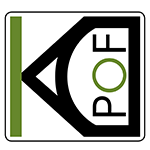


 metamorworks/iStock/Getty Images
metamorworks/iStock/Getty Images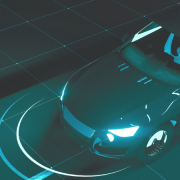

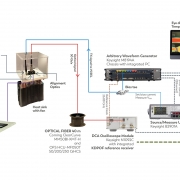
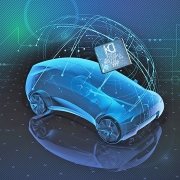
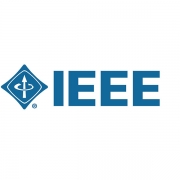 IEEE
IEEE